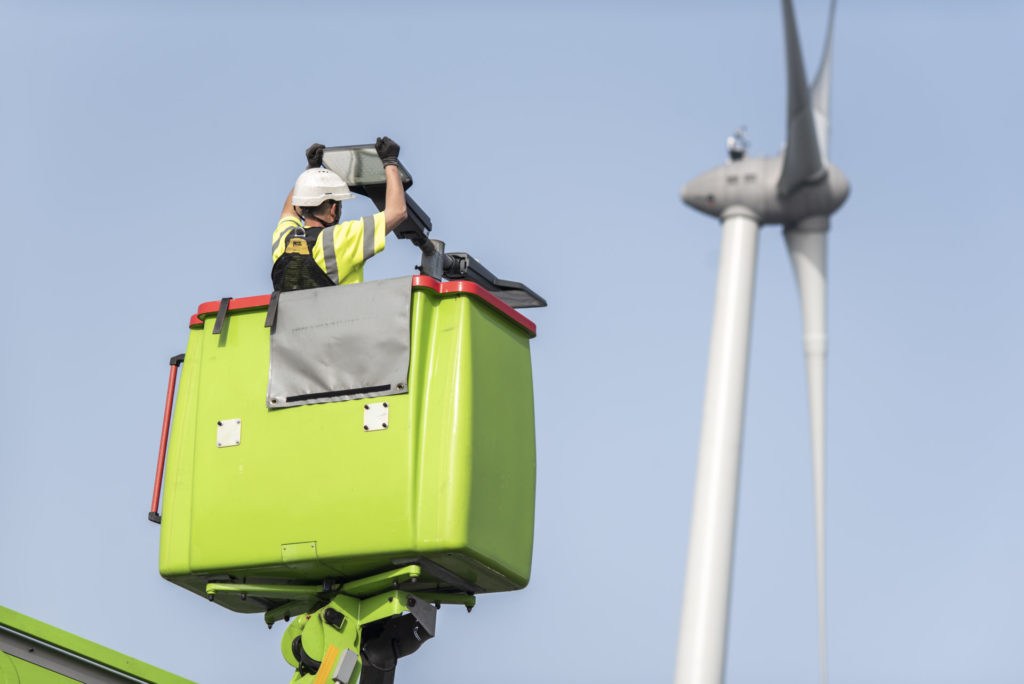Flemish grid operator Fluvius will invest at least €4 billion into strengthening its electricity grid, paving the way for greater use of electric vehicles and renewable energy, according to Flemish newspaper De Staandard.
The grid operator is preparing for the impact of the green transition. By 2030, Fluvius expects that there will be 1.5 million electric cars on the road. It also predicts that 20% of all new trucks will run on electricity.
Ambitious targets. In 2020, only 23,983 electric passenger vehicles were in operation on Belgian roads. This massive jump would entail a 52 times increase in the course of less than eight years. All these vehicles will require charging points, and most importantly, greater deliveries of green electricity.
Modernise Flanders’ ageing infrastructure
Belgium’s grid is already struggling to adapt to green technologies. In Limburg, there are increasingly more issues with solar panel inverters, which fail often due to mismatched voltages on the grid.
To address these challenges, Fluvius has drawn up an action plan to modernise Flanders’ ageing infrastructure, taking into account future developments intending to scrap tax incentives for fossil fuel powered vehicles.
According to De Staandard, between 2022 and 2032, Fluvius plans to remove 40% of low voltage underground cables and pylons. 30,000 kilometres of new cables will need to be laid. 750,000 electricity connections to Flemish homes will also have to be changed.
Related News
- Belgium lags behind on climate targets, international report shows
- Electricity prices expected to remain high for 3-5 years
Furthermore, 13% of all medium-voltage and over 30% of distribution boxes will also have to be replaced.
Ultimately, the bill for these investments will be footed by the customer. Fluvius, however, states that this is not an “over-investment”, but rather necessary adaptations to even the slowest of green energy transitions.
The grid has already earmarked €7 billion in investment over the course of the next, rising by an additional €4 billion by 2032, including €3 billion in low voltage and €1 billion in medium voltage cabling. The plans have yet to be approved by the Flemish energy regulator Vreg, but Fluvius remains hopeful that the plans will be approved.
“The first reactions are positive. If we are aiming to double our consumption, a robust grid is the absolute priority,” Flemish MP Bruno Tobback (Vooruit) told De Staandard. The grid will need to invest resources into calculating prices, including network and distribution tariffs, in order to subsidise its investment and streamline the grid.
Harmonise tariffs
Currently, different regions in Flanders pay different network tariffs. There are calls to harmonise these tariffs across the region.
“The need for one distribution network tariff is also clear. Now we are losing time and money because of the artificial split in different network areas, with consumers paying more in one region than another,” said Flemish MP Robrecht Bothuyne (CD&V).
Fluvius is also making preparations for the decreasing use of natural gas by ordinary homes. Spending on the gas distribution network is being cut. The gas network will no longer be expanded, only maintained.
Some local organisations are concerned, however, that these green changes may provoke anger from the general public. A spokesperson for the Association of Flemish Cities and Municipalities said that it will be difficult to explain the changes to local residents.
“It will be a challenge to explain the big picture of the transition. There will be many works to follow, and if they are not properly framed, the municipalities risk being blamed.”

